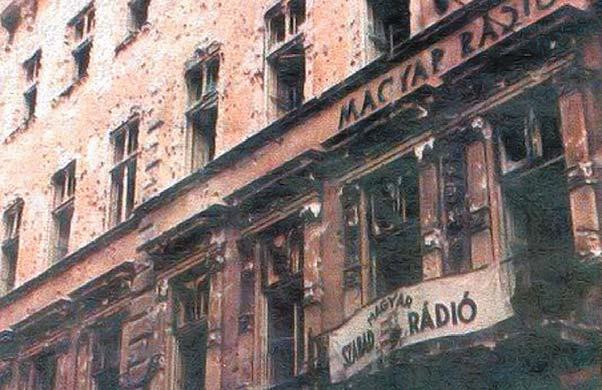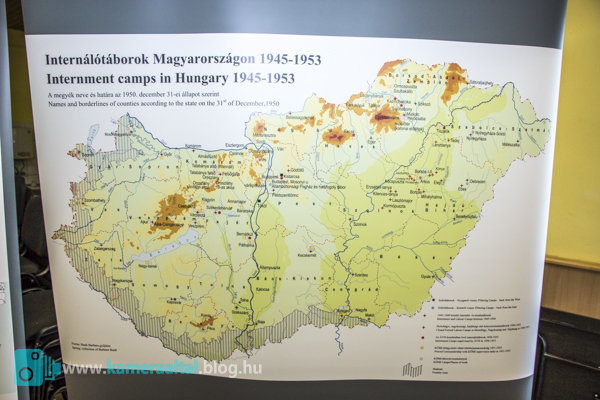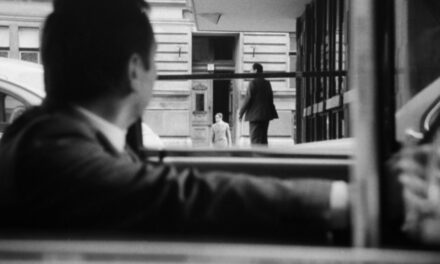The work of the Civil Justice Committee, founded by CÖF-CÖKA, basically involves the presentation of crimes committed during communism that have not yet been investigated and thus remained without consequences. Zsolt Zétényi's study is about the rampage of communist terror and the victims of communists.
Figures for homicides committed by Soviet and Hungarian violent organizations of the 1956 War of Independence
2,652 died in armed fights and skirmishes . This number presumably includes the 65 Hungarian soldiers whose lives were taken by the Soviet army after they surrendered to the occupying army in November 1956. Gábor Jobbágyi, who is known for his opinions that differ from the majority, twenty thousand Hungarians died in the 1956 uprising and freedom struggle. Even if we do not agree with this opinion, because the subjective element is significant in the estimate, we are certain that the data published by the Statistical Office in 1957, based on the majority of historical works, and repeated verbatim, are probably more gloomy compared to the data we described earlier the picture. The number of dead in the 1956 revolution and freedom struggle can be estimated to be higher than the approx. 3000 dead. This can be inferred from the number of dead registered with contemporary statistics (largely secret until 1990), as well as from the dead and recollections of undetected events.
According to the secret statistics of the time, there were 19,000 wounded, of which at least ten percent may have died. The victims of volley fire, snipers and those who died under the ruins must also be taken into account. So far, we only know of those who were executed based on the judgments of the Hungarian courts. The number of those who were shot dead on the spot or while fleeing, executed by Soviet statutory courts, or who died before the judge's verdict or during the execution of the sentence is unknown.

Hungarian Radio 1956
It is possible that in 1956 and during the retaliation, many mass graves could have been created, a significant part of which is probably unexplored to this day.
According to data published abroad at the time
Sándor Kiss admitted before the UN Special Committee that it is not possible to give an exact number of the dead; “more than 20,000 people were killed; but there is no more precise data than that. The total number could be 40,000 or 22,000. We just don't know.” A German history book estimates the number of Hungarian victims of the 1956 revolution at 20,000, and that of Soviet soldiers at 1,500.
Taking all these considerations into account, we can estimate the number of victims at 6,000 to 10,000.
1956-1988 Years of retaliation and intimidation.
They were executed in and after 1956.
Another great wave of lawlessness and injustice followed the suppression of the 1956 war of independence. During the retaliation, 35,000 people were prosecuted, 14,378 people were convicted in the first instance until April 1, 1958 alone, more than 20,000 were sentenced to some form of imprisonment, and 229-232 death sentences were executed. By May 1957, 182,000 people had emigrated (defected) - the 1956 Handbook lists the data. In the internment camps (Kistarcsa, Tököl) set up after the '56 revolution, 13,000 people were detained for shorter or longer periods between 1957 and 1960. Tens of thousands of people were affected in the first years of the Kádár era by banning them from their place of residence, disciplinary dismissal from their jobs (more than a thousand teachers - mainly from rural areas - were expelled from their workplaces), as well as by placing them under police supervision.

photo: Benedek Levente
The number of persons executed as a result of the final death sentence of the Hungarian court for the 1956 crime, according to the main crime charged:
armed struggle 117
resistance after November 11 34
community organization management leadership 22
weapon concealment 15
participation in popular opinion 22
those who also commit crimes under common law 9
data provision 4
other 6
A total of 229 were proven to have been sentenced to death.
Figures of those executed between February 4, 1945 and July 14, 1988
According to Zinner's research, out of the available 1230 executions, the following can be recorded:
363 persons in connection with the commission of war crimes and crimes against the people
also: 1 for armed conspiracy,
for organization 252,
movement against people's democratic state order for leadership 1,
for infidelity 230,
for military and economic data provision 1,
for attempted illegal border crossing 3,
for hiding weapons and ammunition 48,
for misusing a firearm 1,
for abuse of explosives 1
a total of 538 persons.
A total of 901 people died on execution grounds for political acts - including the above list, which also includes illegal border crossing, as well as for war crimes and crimes against the people. A significant part of the 337 convictions under common law may have been illegal, given the arbitrary nature of the proceedings, especially after 1956. These data represent data that can be established on the basis of the available documents, and consequently the number of victims of the communist authorities' arbitrariness since 1944 - especially with regard to the multitude of human lives that were extinguished not by judicial means, not by execution of sentences - can hardly be estimated. The number of people killed illegally in prisons, internment camps, state defense investigative cells, and firing squads cannot be estimated.
(to be continued)
Author: lawyer Zsolt Zétényi
(Header photo: Benedek Levente)











